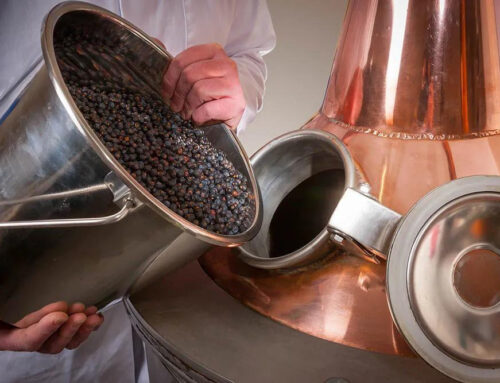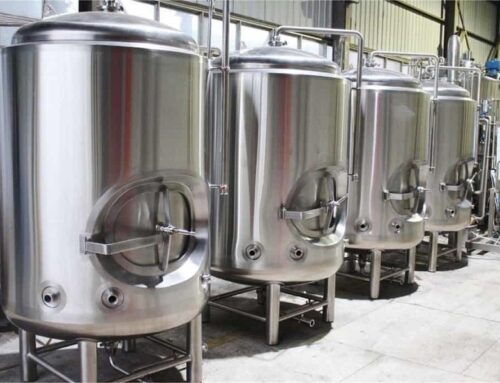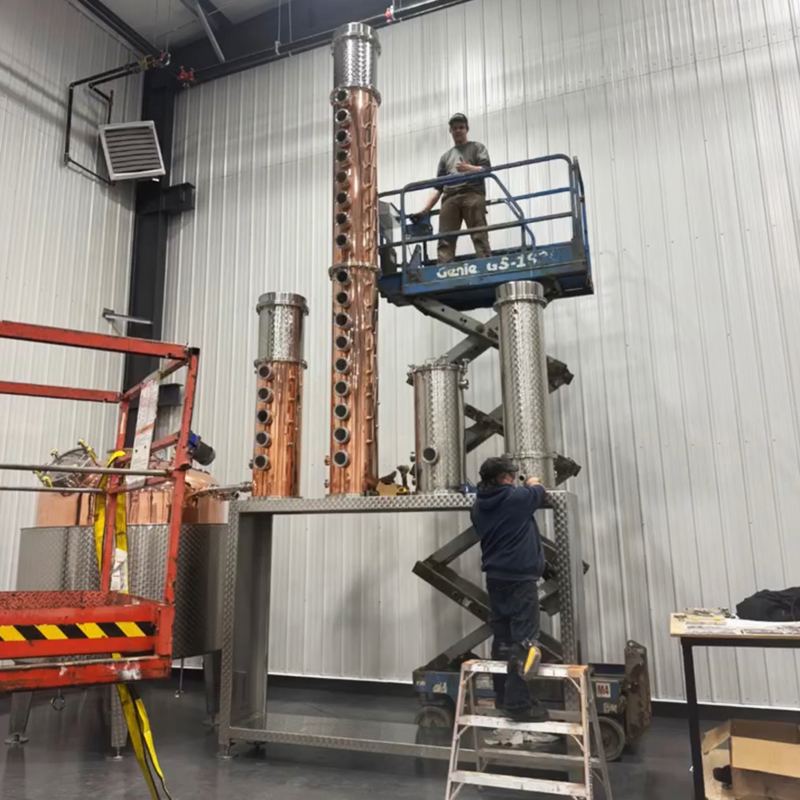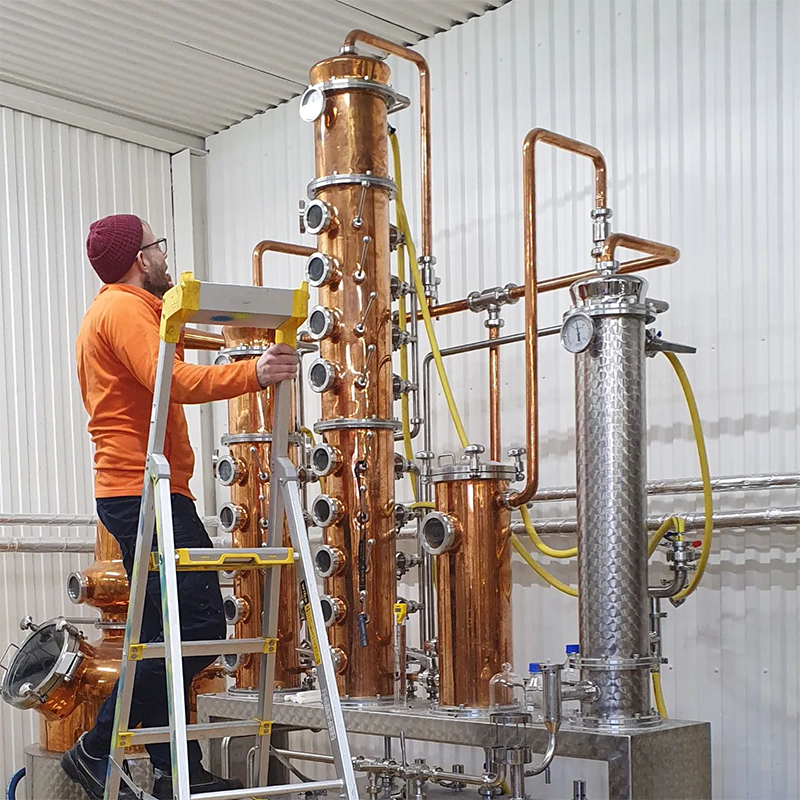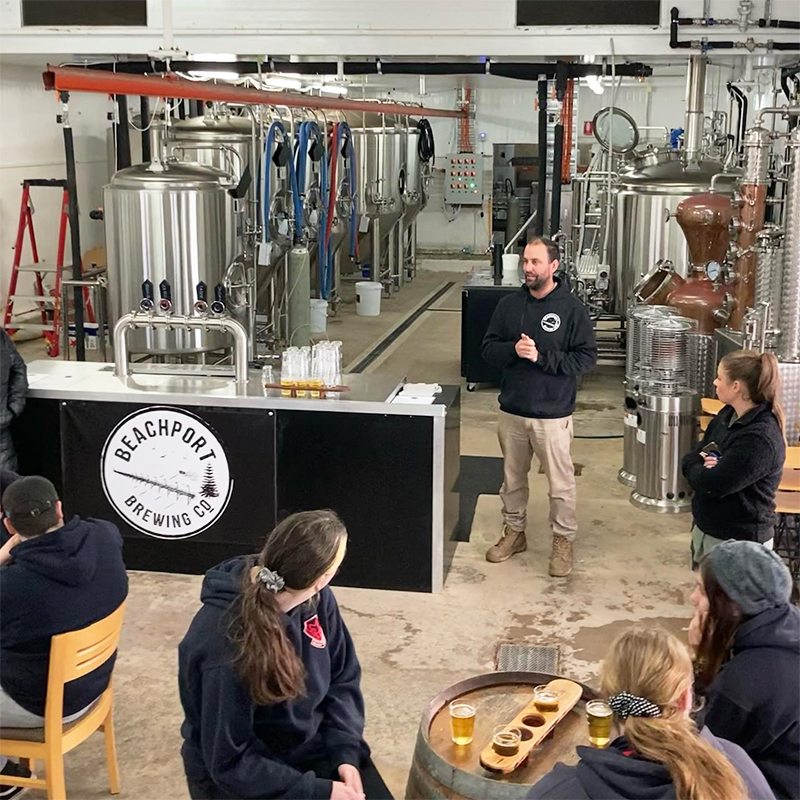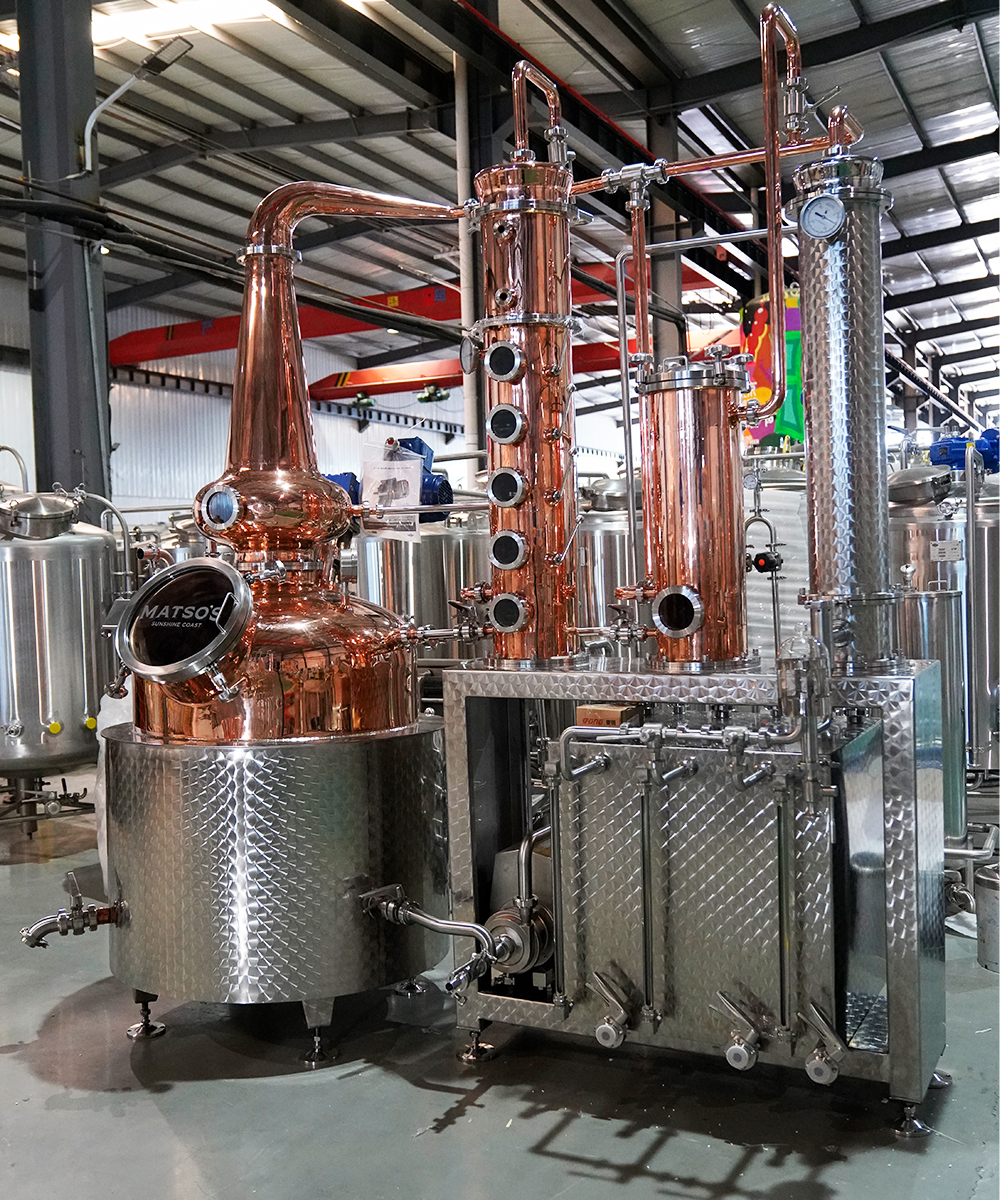
How is vodka made?
What is Vodka?
Vodka stands as a fundamental neutral spirit, traditionally known for its colorless and flavorless profile, making it suitable for consumption neat or as a foundational element in various cocktails. Its traditional recipe relies on two core ingredients: water and ethanol derived from fermenting grains like wheat, rye, or barley. However, modern vodka production often incorporates alternative base ingredients such as potatoes and beets, along with additives like botanicals and spices, to impart distinct flavors and characteristics to the final product. Following fermentation and distillation, vodka undergoes meticulous filtration and refining processes aimed at eliminating impurities and achieving a velvety smoothness in its texture.
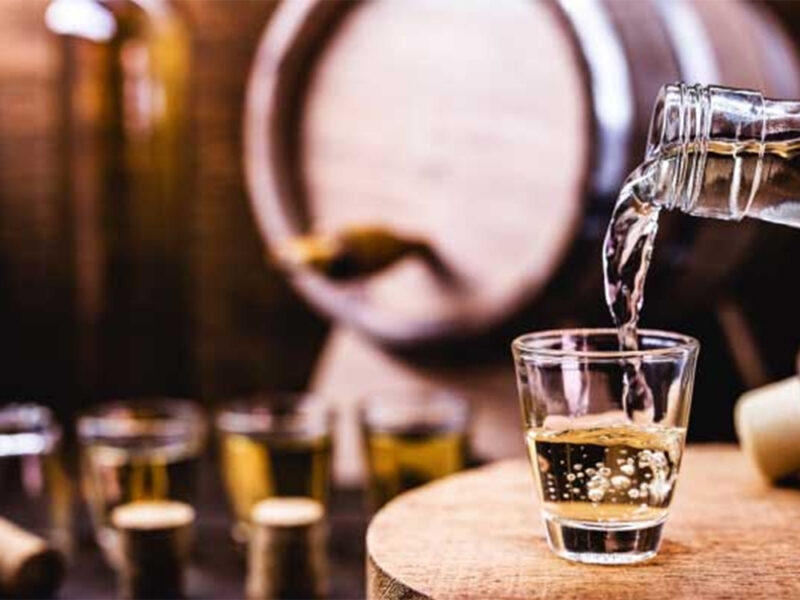
The Production Process of Vodka
Mixing Base Ingredients: Grains such as malted wheat, corn flakes, or rye are combined with water and yeast to create a fermentable mash. This mixture is carefully heated and stirred to ensure thorough blending and readiness for fermentation.
Fermentation of Mash: The fermentable mash is left to ferment for a specific duration, typically one to two weeks, allowing for complete fermentation. During this stage, compounds within the mash break down, leading to the production of simple natural alcohol known as ethanol.
Filtration of Mixture: Once fermentation is concluded, the liquid part of the mixture, containing ethanol, is separated from the solid fermentation matter. This liquid is the basis for vodka production.
Distillation: Distillation is a purification process wherein the liquid is heated and vaporized, and then the vapors are collected as they condense back into a liquid form. This process increases the purity of the liquid, resulting in a higher alcohol content. Various distillation methods may be utilized, ranging from single or double distillation to multiple distillations and rectifications for a more refined product.
Collection and Classification of Products: After distillation, the resulting liquid is separated into different fractions. The initial portion, about 35%, contains compounds like methanol or acetone and is known as “heads” or “foreshots,” which are typically discarded due to their volatile or toxic nature. The next 30% is the prized “heart,” representing the highest quality. The remaining 35%, called “tails,” can be reprocessed to extract additional product.
Filtration: To achieve the characteristic smoothness and cleanliness associated with vodka, the distilled product often undergoes filtration. This step ensures any remaining impurities are removed, enhancing the overall taste profile.
Dilution: Following distillation and filtration, the vodka is diluted to achieve the desired alcohol concentration. This is done by carefully measuring the Alcohol by Volume (ABV) and gradually adding water to achieve the desired level.
Bottling: The final stage involves bottling the vodka into labeled containers, ready for distribution and consumption.

This comprehensive process underscores the attention to detail and craftsmanship involved in creating high-quality vodka with its distinctive characteristics.


